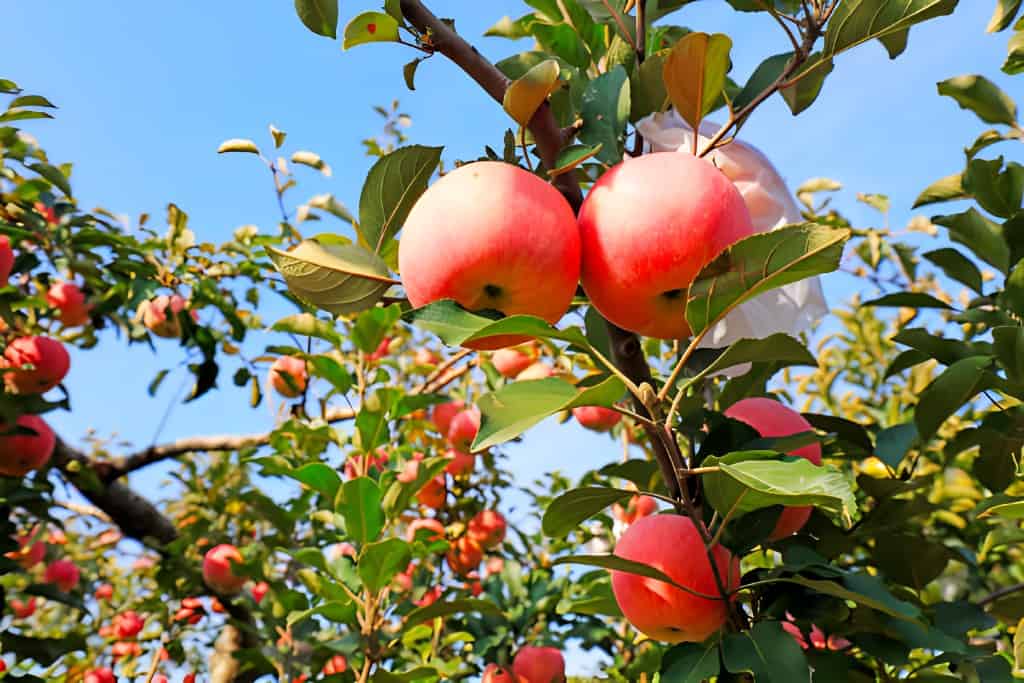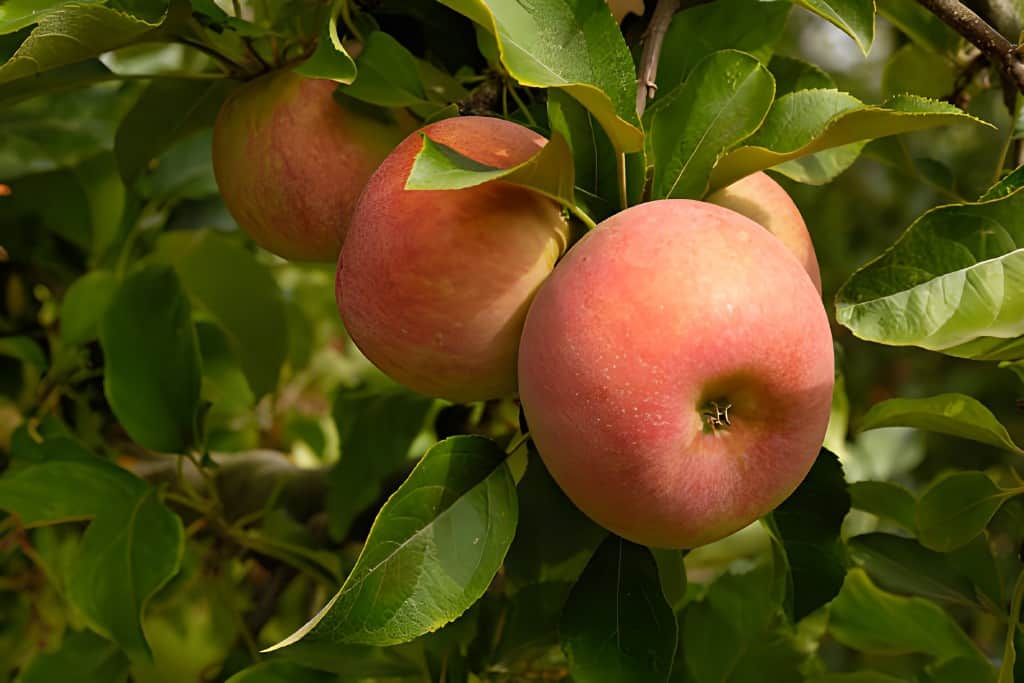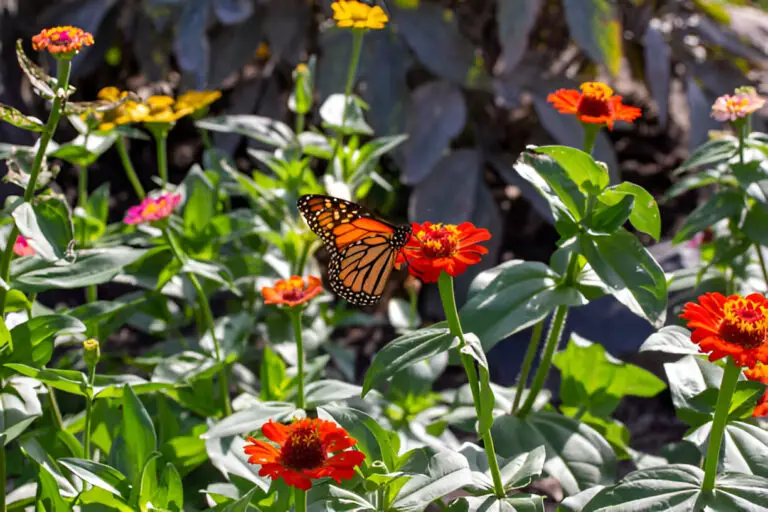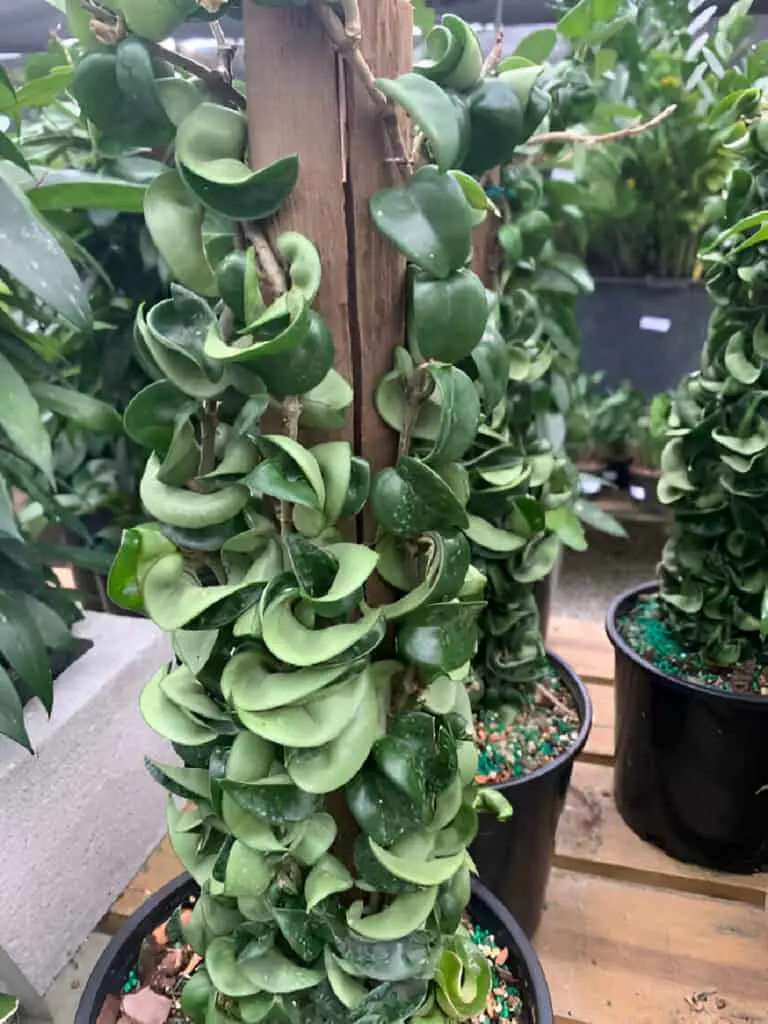Are Fuji Apples Self Pollinating? How to Hand-Pollinate Fuji Apples

Among the many varieties of apple trees that grace backyard gardens and orchards around the world, Fuji apple trees stand out as a favorite. Their sweet, juicy fruits with a perfect balance of tartness have earned them a place in our hearts and on our dessert plates. Whether you’re dreaming of homemade apple pies or simply craving a fresh burst of flavor in your salads, growing Fuji apples at home can be an immensely rewarding experience.
But before you dive into the world of nurturing these delightful fruit-bearing beauties, there’s one crucial aspect to understand: pollination. In order to guarantee bountiful crops and ensure those crisp bites every autumn, it’s important to comprehend how pollination works for Fuji apples.
Pollination is nature’s way of transferring pollen from male flower parts (stamens) to female flower parts (pistils), which leads to fruit production through fertilization. So let’s delve into the fascinating world of pollination and unlock the secrets behind Fuji apples’ fruitful bounty!
Are Fuji Apples Self-Pollinating?
Studies and research have indicated that while Fuji apple trees are partially self-fertile, they still benefit from cross-pollination with another compatible apple variety. These studies suggest that while Fujis may set some fruit when self-pollinated, yields tend to be higher and more consistent when cross-pollination occurs.
When a tree is self-pollinating, it means that the flowers on the tree have both male and female reproductive organs, allowing them to pollinate themselves without relying on other trees for cross-pollination. This can be advantageous for gardeners with limited space or those growing a single apple tree.
Even if Fuji apples can technically self-pollinate, it is often recommended to plant another variety of apple nearby for optimal fruit production.
Benefits of Cross-Pollination

Cross-pollination, the transfer of pollen between two different apple tree varieties, plays a crucial role in the production of high-quality fruits. While some apple trees, like Fuji, can self-pollinate to some extent, cross-pollination offers several advantages that result in better-tasting and more abundant harvests.
Firstly, cross-pollination increases genetic diversity within the apple orchard. When two different apple varieties mingle their genes through pollination, it gives rise to offspring with unique qualities and characteristics. This genetic diversity not only promotes overall health and resilience in the orchard but also enhances the flavor profile and texture of the apples produced.
Furthermore, cross-pollination ensures efficient fertilization by promoting effective pollen transfer. Different varieties may have distinct flowering times or varying compatibility when it comes to exchanging pollen. By planting compatible cultivars near each other, you increase the chances of successful pollinators (such as bees) transferring sufficient amounts of viable pollen from one tree to another.
Overall, while self-pollinating varieties like Fuji can produce fruit on their own without nearby pollinator trees present if conditions are ideal, introducing cross-pollen from compatible partner varieties is highly recommended for superior fruit quality and reliable yields year after year.
How to Manually Hand-Pollinate Fuji Apples
Hand pollination might be necessary for Fuji apple trees due to several reasons. Firstly, if you have only one Fuji apple tree in your garden, it may not receive enough pollen from other nearby apple varieties to ensure proper fruit set. This is because Fuji apples are not fully self-pollinating and require cross-pollination from a different variety of apple tree.
Secondly, even if you have multiple apple trees, each with a different pollinator variety, the presence of bees or other insect pollinators may still be insufficient in some cases to effectively transfer the pollen between the flowers.
To manually hand pollinate your Fuji apple tree, follow these step-by-step instructions:
Step 1. Identify the flowering period
Monitor your Fuji apple tree closely and determine when it enters its blooming stage. This usually happens during the spring, when the weather starts getting warmer.
Step 2. Select a source of pollen
Choose a compatible pollinator variety that blooms at around the same time as your Fuji apple tree or has overlapping bloom periods with it.
Step 3. Gather pollen
Use an artist’s paintbrush or Q-tip to gently collect pollen from mature stamens (anthers) of flowers on the chosen pollinator variety.
Step 4. Transfer pollen
Carefully brush or dab this collected pollen onto all open pistils (stigmas) present within each flower cluster on your Fuji Apple Tree.
Step 5. Repeat process
Repeat steps 3-4 every few days while both varieties are in full bloom to maximize the chances of successful fertilization.
Remember that timing is crucial! During manual hand pollinations, it’s important to choose warm, sunny mornings. This conditions are favorable for strong scent production by flowering plants, thereby attracting active insects for effective natural cross-pollen transfers
Possible Challenges when Hand Pollinating Fuji Apples
While hand pollination can be an effective way to ensure proper fruit set in Fuji apple trees, there are a few challenges that gardeners may encounter.
One potential challenge is low flower production. Some young or stressed trees may not produce enough flowers for successful pollination. In this case, it can be difficult to find enough blossoms to collect pollen from and distribute to other flowers.
Another challenge arises when trying to find compatible pollen sources. Fuji apples are self-sterile, meaning they cannot pollinate themselves. So, it’s important to have another apple variety nearby with overlapping bloom times for cross-pollination. However, finding the right compatible variety can sometimes be a bit of trial and error.
Fortunately, there are solutions to these challenges. To get your tree to flower more, it helps to keep it healthy all year by giving it the right amount of water and nutrients. Additionally, planting multiple apple varieties in close proximity can increase the chances of successful cross-pollination. If you’re having difficulty finding a suitable companion variety, consider reaching out to local orchards or gardening communities for recommendations based on your location.
If all else fails or if you prefer a more controlled approach, alternative pollination methods such as using a small paintbrush or cotton swab dipped in collected pollen can also be employed. This allows you to directly transfer pollen from one flower to another without relying solely on natural insect activity.
By being aware of these potential challenges and employing proactive measures like planting additional varieties or using alternative pollination techniques when needed, you’ll increase the likelihood of bountiful harvests from your beloved Fuji apple tree.
Tips for Successful Pollination
There are a few more tips and tricks that can greatly improve the chances of hand-pollination working well with Fuji apple trees. First and foremost, timing is crucial. It’s important to know when your Fuji apple tree is blooming so you can be ready to pollinate at the right moment. Keep an eye on your tree’s growth patterns and track its bud development closely.
Timing also involves choosing the optimal time of day for hand-pollination. Early morning or late afternoon are generally recommended as these times tend to have cooler temperatures and higher humidity levels, which promote better pollen transfer between flowers.
Moreover, paying attention to weather conditions can significantly impact hand-pollination success. Avoid attempting pollination on windy days, as it may hinder proper pollen transfer or even dislodge flowers altogether. Additionally, if rain is forecasted during flowering time, it’s best to hold off on hand-pollinating until after the rain has passed, as excessive moisture can negatively affect pollination.
Lastly, equipping yourself with the proper tools will make manual pollination much easier and more effective. A small, soft-bristled brush or cotton swab works well for transferring pollen from flower to flower. Gently dabbing the stamen of one bloom, followed by lightly brushing it onto another bloom, will allow for efficient cross-pollination.
By incorporating these additional tips into your hand-pollination efforts with Fuji apple trees, you’ll maximize their fruit set potential and ensure a bountiful harvest in due course.
Conclusion
In conclusion, Fuji apple trees are not self-pollinating. They require cross-pollination from another compatible apple variety to ensure optimal fruit set and yield. However, with a little effort and the proper techniques, you can successfully hand-pollinate your Fuji apple trees to enjoy a bountiful harvest.
By understanding the pollination requirements of your Fuji apple trees and taking proactive steps to encourage pollen transfer, you can significantly increase the chances of abundant fruit production. Hand-pollinating allows you to control the process and ensure that each flower receives adequate pollen for successful fertilization.
So why not give it a try? Grab a soft brush or cotton swab, head out into your garden when your Fuji apple tree is in bloom, and gently transfer pollen from one flower to another. With some care and patience, you’ll likely see improved yields in no time. So get ready to enjoy delicious homegrown Fujis straight from your own backyard!






